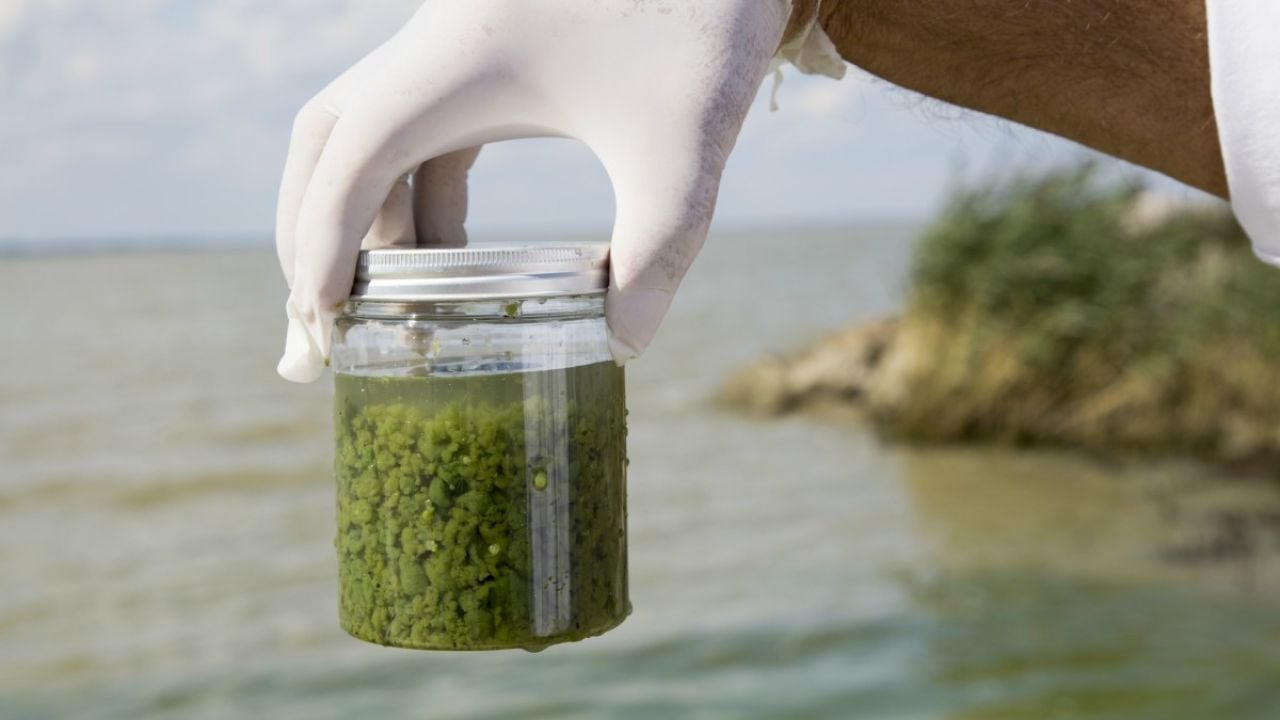
The city of Toledo, Ohio, is spending an astounding $54 million on a new treatment facility to remove contaminants, including toxins produced by algae blooms, from its drinking water. Blue-green algae, which are actually tiny organisms called cyanobacteria, can produce dangerous toxins that cause nausea, vomiting and longer-term impacts like liver failure and cancer when consumed through drinking water or recreational contact.
Toledo’s expensive new facility will use a process called ozonation, which can treat drinking water for algae toxins and other contaminants, like bacteria and viruses. In 2014, Toledo was forced to issue a “do not drink” advisory to 500,000 people after an algae toxin called microcystin got into the city’s water supply. The new facility is expected to be operational next summer.
The algae toxins are not just a problem in Ohio: Hundreds of lakes, rivers and streams across the country have been struck with outbreaks of algae blooms, and the problem is growing. This week EWG released an updated map tracking news reports of algae blooms across the U.S. between 2010 and the end of May. In that period there were 550 news reports of algae blooms in 47 states. Of the total, 61 stories reported algae toxins in municipal drinking water supplies.
Treating drinking water for algae toxins is extremely expensive, but many of the cities struggling with them cannot afford tens of millions of dollars for new water treatment systems. Since blooms are triggered when nitrogen and phosphorus from fertilizer and animal manure run off farm fields and get into bodies of water, agriculture conservation practices are essential for stemming the runoff.
Farmers should be required to implement simple, proven practices that will reduce polluted runoff. The safety of our drinking water and the health of our recreational waterways depend on lawmakers establishing such standards. Not only will they protect public health, they will also help keep water bills down.
If you see algae that looks bluish-green or like pea soup in a nearby waterbody, contact your local health department to have it tested for toxins. You can also reach out to local media to try to get coverage of the issue.


